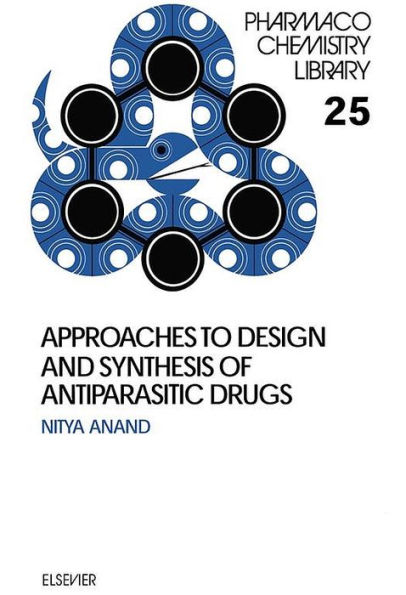5
1

Approaches to Design and Synthesis of Antiparasitic Drugs
510
Approaches to Design and Synthesis of Antiparasitic Drugs
510eBook
$318.99
$375.00
Save 15%
Current price is $318.99, Original price is $375. You Save 15%.
Related collections and offers
318.99
In Stock

Product Details
| ISBN-13: | 9780080527529 |
|---|---|
| Publisher: | Elsevier Science |
| Publication date: | 07/10/1997 |
| Series: | ISSN , #25 |
| Sold by: | Barnes & Noble |
| Format: | eBook |
| Pages: | 510 |
| File size: | 14 MB |
| Note: | This product may take a few minutes to download. |
From the B&N Reads Blog
